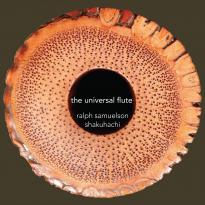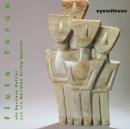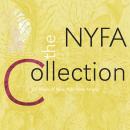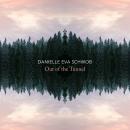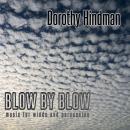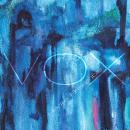The Universal Flute
The Universal Flute
Chappaqua, NY
| The Universal FluteiTunes Artist's PageiTunes Album Page | |||
|---|---|---|---|
| Song Title | Time | Price | |
| 1. | The Universal Flute | 04:46 | $0.99 |
| 2. | Poème I (Shikyoku ichiban) | 14:44 | |
| 3. | Hi kaeshi hachi mi fu | 08:56 | $0.99 |
| 4. | 3 Songs from Shide | 06:25 | $0.99 |
| 5. | Afterimage | 09:20 | $0.99 |
| 6. | The Universal Flute (Arr. R. Samuelson for Shakuhachi & Bansuri) | 09:02 | $0.99 |
Shakuhachi players of old followed the path of ichion-jobutsu, or “enlightenment in a single tone.” The spiritual element of the simple bamboo flute with its notched mouthpiece and five fingerholes is essential to its existence, and part of what led Henry Cowell to refer to it as “the universal flute.” Ralph Samuelson’s album shares that name, and presents remarkably evocative works for the shakuhachi by American composers.
The shakuhachi first came to prominence in Japan in the 17th and 18th centuries, when it was taken up by a sect of Zen Buddhist monks who used shakuhachi blowing as a core spiritual practice. That core remains, but innovators always recognized the potential in the deceptively plain instrument and in the latter 20th century, composers, performers, and audiences around the world discovered the special depth and beauty of its sound. In the 21st century, the shakuhachi can no longer be defined simply as a musical instrument associated with a particular place and time, but has indeed become an integral part of our globalized world.
Ralph Samuelson, who is among the first generation of non-Japanese musicians to achieve professional recognition in the shakuhachi world, was trained in the classical tradition of the Kinko School by the late Living National Treasure Goro Yamaguchi and other leading teachers in Japan. He has played an important role in bringing the shakuhachi to the West, and since the early 1990s he has been exploring the growing repertoire of new shakuhachi music by American composers.
For this recording, he has selected several pieces that demonstrate a true understanding of the foundation of shakuhachi music yet bring a whole new dimension to the life of the instrument. The recording takes its inspiration from Henry Cowell's lovely 1946 composition The Universal Flute and adds richly varied works by Richard Teitelbaum, Bun-Ching Lam, and Elizabeth Brown. A landmark piece by Japanese composer Teizo Matsumura sets the tone for compositions that capture the essence of shakuhachi within a contemporary idiom. Samuelson is joined by virtuoso artists Yoko Hiraoka (koto and shamisen), Tomoko Sugawara (kugo harp) and Steve Gorn (bansuri).
"intensely thoughtful timeless." - Kathodik
CADENCE
"The standout piece for me is Afterimage. It uses both a stringed instrument--the shamisen is something like a banjo—and voice. The combination is very interesting. … A CD for flute lovers.”
—Bernie Koenig
AMERICAN RECORD GUIDE
“The shakuhachi is bewitching and beguiling. The Japanese end-blown flute is a traditional Eastern instrument with cultural significance dating back to the 8th Century. It was in the medieval period even used to catch spies of the Shogun. Tune to a minor pentatonic scale and made primarily from bamboo, each instrument is an individual voice with five holes requiring different embouchures, fingerings, airspeed, and angles capable of producing, depending on its size, octaves of subtly colored notes. Elizabeth Brown’s ‘Afterimage’ adds voice and shamisen to create motives with echoes. Richard Teitelbaum’s ‘Hi Kaeshi Hachi Mi Fu’ uses chance operations to recombine melodic phrases that appear regularly in traditional material. Ralph Samuelson’s program is calming, meditative, and exactly the kind of music that respects the limitations and difficulties of an instrument while offering an exploration of its capabilities.”
